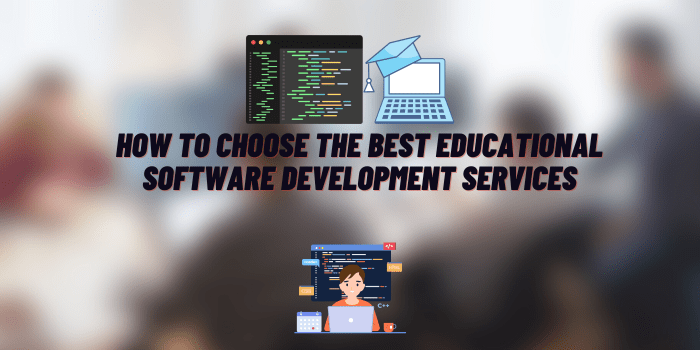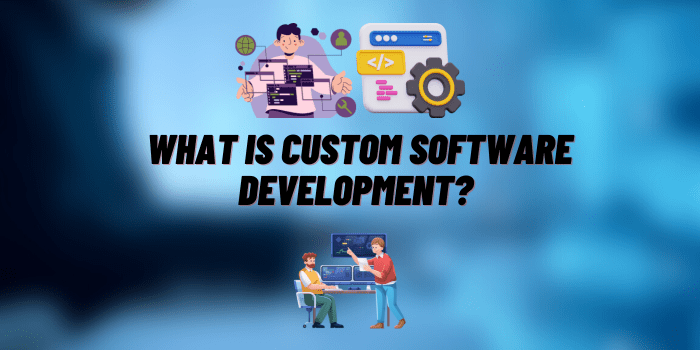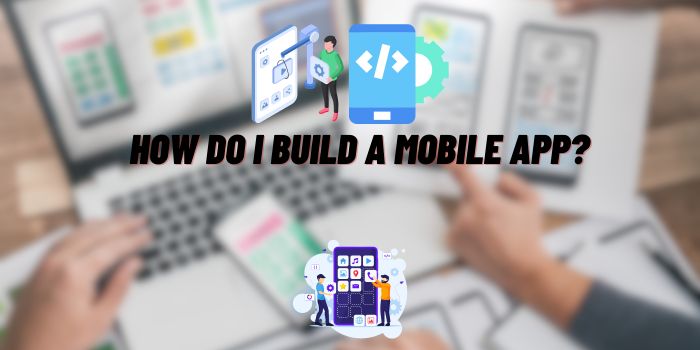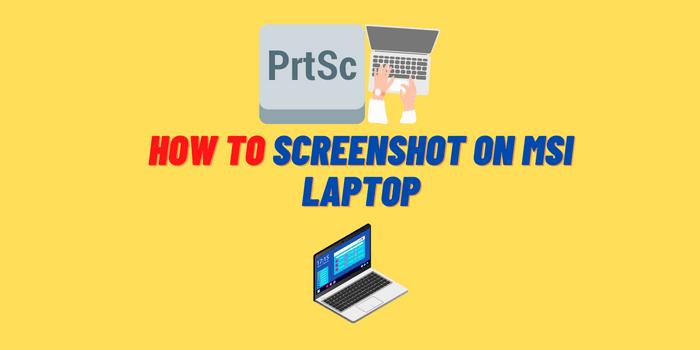How Software is Changing the Way Students Learn
In the digital age, software has revolutionized almost every aspect of our lives, and education is no exception. Traditional teaching methods are gradually giving way to innovative approaches that leverage technology to enhance the learning experience. From interactive educational games to sophisticated learning management systems, software is reshaping the way students learn. In this article, we will explore the significant ways in which software is transforming education and its impact on students’ learning outcomes.
1. Personalized Learning Paths
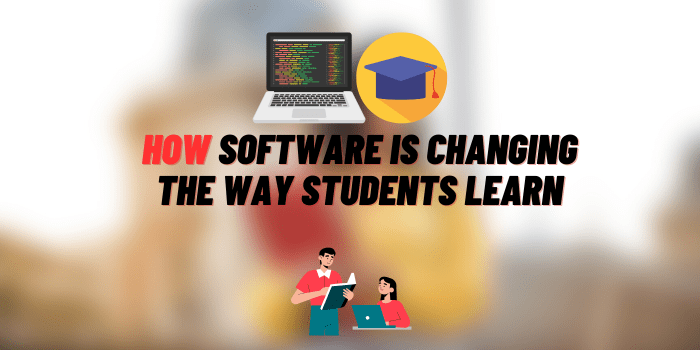
A Shift from One-Size-Fits-All
Gone are the days when teachers used to follow a uniform teaching style for all students. Today, software-powered learning platforms offer personalized learning paths tailored to each student’s individual needs, strengths, and weaknesses. These adaptive systems use artificial intelligence algorithms to assess students’ performance and identify areas where they require additional support.
Empowering Students to Learn at Their Own Pace
With software-guided personalized learning, students can progress at their own pace. Advanced learners can move ahead without feeling held back, while those who need extra time to grasp concepts get the necessary reinforcement and support. This approach fosters a deeper understanding of the subject matter and boosts students’ self-confidence.
2. Interactive Learning through Gamification
Engaging and Retaining Attention
Software-based educational games, also known as “gamification,” have become increasingly popular in classrooms. These interactive learning tools are designed to engage students through challenges, rewards, and competition, making the learning process enjoyable and addictive. By transforming dry educational content into fun and interactive experiences, gamification helps retain students’ attention and motivation.
Learning through Simulation and Virtual Reality
Software is also facilitating immersive learning experiences through simulations and virtual reality (VR). Students can explore historical events, conduct virtual experiments in science labs, and visit far-off places without leaving the classroom. These simulations offer hands-on experiences that enhance comprehension and make learning more memorable.
3. Collaboration and Global Connectivity

Breaking Down Geographical Barriers
Software has interconnected classrooms globally, breaking down geographical barriers and enabling students to collaborate with peers from different countries and cultures. Online communication tools and collaborative platforms foster cross-cultural understanding, broadening students’ horizons and preparing them for a globalized world.
Virtual Study Groups and Peer Learning
Through software-driven collaborative tools, students can form virtual study groups to discuss assignments, share ideas, and support one another in their learning journey. Peer learning enhances social skills, teamwork, and collective problem-solving abilities.
4. Accessible Education for All
Overcoming Physical Disabilities
Software has opened doors for students with physical disabilities, ensuring they have equal access to education. Screen readers, speech recognition software, and other assistive technologies enable students with visual or motor impairments to participate fully in learning activities.
Reaching Remote and Underserved Areas
In many parts of the world, students face limited access to quality education due to their remote locations. Software-based learning solutions, especially online courses and digital educational materials, can reach these underserved areas, bridging the education gap and providing opportunities for learning. But for those who have limited resources and can’t afford to pay for a course or buy expensive textbooks, there’s still the issue of completing their assignment. There are websites that offer write my essay cheap services and other forms of assistance for students in need.
5. Real-Time Feedback and Assessment
Instant Evaluation
Software tools offer real-time feedback and assessment, allowing students to gauge their performance immediately after completing assignments or assessments. This prompt evaluation helps identify areas for improvement and allows students to revise their understanding on the spot.
Data-Driven Insights for Educators
Educators benefit from data analytics provided by software platforms. These insights help teachers understand their students’ progress and identify learning patterns, enabling them to tailor their teaching strategies accordingly. Data-driven decision-making fosters better instructional planning and more effective interventions for struggling students.
6. Interactive Textbooks and E-Learning

Moving Beyond Traditional Textbooks
Software is transforming traditional static textbooks into interactive, multimedia-rich e-books. These e-learning resources often include videos, animations, and interactive exercises that make learning dynamic and engaging. Students can interact with content, reinforcing their understanding through practical application.
E-Learning Platforms and Courses
The rise of e-learning platforms has democratized education, making high-quality courses and resources available to learners worldwide. Students can now access courses from renowned universities and institutions, broadening their knowledge in various subjects beyond what their local schools may offer. With the help of https://essaysadvisor.com/ website, for example, learners can get personalized guidance on wheather a definite writing company is legit, or if they are a scam. Such guidance can help students make the most of their learning experience and maximize their educational outcomes.
7. AI-Powered Virtual Assistants
On-Demand Educational Support
AI-powered virtual assistants, like chatbots, are becoming prevalent in educational settings. These digital helpers provide on-demand support to students, answering questions, explaining concepts, and offering guidance. Virtual assistants can be available 24/7, providing immediate help whenever students encounter difficulties in their studies.
Conclusion
As technology continues to advance, the role of software in education will only become more pronounced. The transformational impact of software on the way students learn is undeniable. Personalized learning paths, interactive gamification, global connectivity, accessibility, real-time feedback, interactive textbooks, e-learning, and AI-powered virtual assistants are just a few examples of how software is revolutionizing education.
While software brings about many benefits, it is essential to strike a balance and ensure that technology complements, rather than replaces, the human touch in education. Teachers continue to play a crucial role in guiding and inspiring students, while software serves as a powerful tool to enhance the learning experience. By harnessing the potential of software in education, we can create a future where every student has the opportunity to learn, grow, and succeed.


